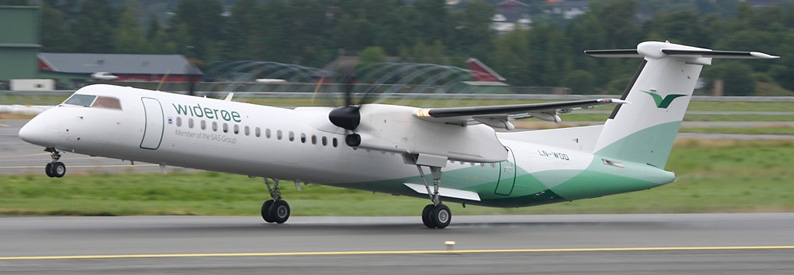Norwegian’s $110 Million Takeover of Widerøe Receives Green Light from Oslo

Norway’s competition authority, Konkurransetilsynet, has given the green light to Norwegian’s acquisition of domestic competitor Widerøe. This approval comes despite initial concerns, leading to a preliminary refusal a month ago. The decision was announced on December 21 following a comprehensive investigation by the authority.
The director of Konkurransetilsynet, Tina Søreide, stated that the authority had conducted a thorough review, including extensive market analysis and documentation from the involved parties. Initially, there were apprehensions that the acquisition could substantially dampen competition in the Norwegian aviation market. However, after further evaluations and responses from the parties, particularly Norwegian’s strong disagreement with the preliminary notice, the authority concluded that the acquisition would not significantly impede effective competition in the market.
The acquisition, valued at NOK 1.13 billion (approximately USD 110 million), was announced in July, with a final decision deadline initially set for January 3. Norwegian plans to maintain Widerøe as a separate entity, preserving its Air Operator Certificate (AOC), brand, management, and Bodø headquarters. The two airlines, complementing each other’s operations, claim minimal overlap on their combined 400-plus routes. The merger leaves SAS Scandinavian Airlines as the only other major competitor in Norway’s domestic market.
Both Norwegian and Widerøe expressed that the merger would enhance flight options by closely connecting Widerøe’s extensive regional network with Norwegian’s national and international routes. Widerøe operates 49 aircraft, servicing over 40 airports in Norway and some larger airports in Europe. In contrast, Norwegian flies more than 300 routes to over 120 destinations during peak season.
Widerøe’s 2022 revenue stood at NOK 5.7 billion (USD 556 million), while Norwegian reported NOK 18.9 billion (USD 1.84 billion). Norwegian’s fleet includes forty-nine B737-800s, twenty-five B737-8s, and a backlog for sixty-six more aircraft, with options for additional B737-10 conversions.
This acquisition marks a significant consolidation in the Norwegian aviation industry, potentially reshaping the domestic and regional air travel landscape.
